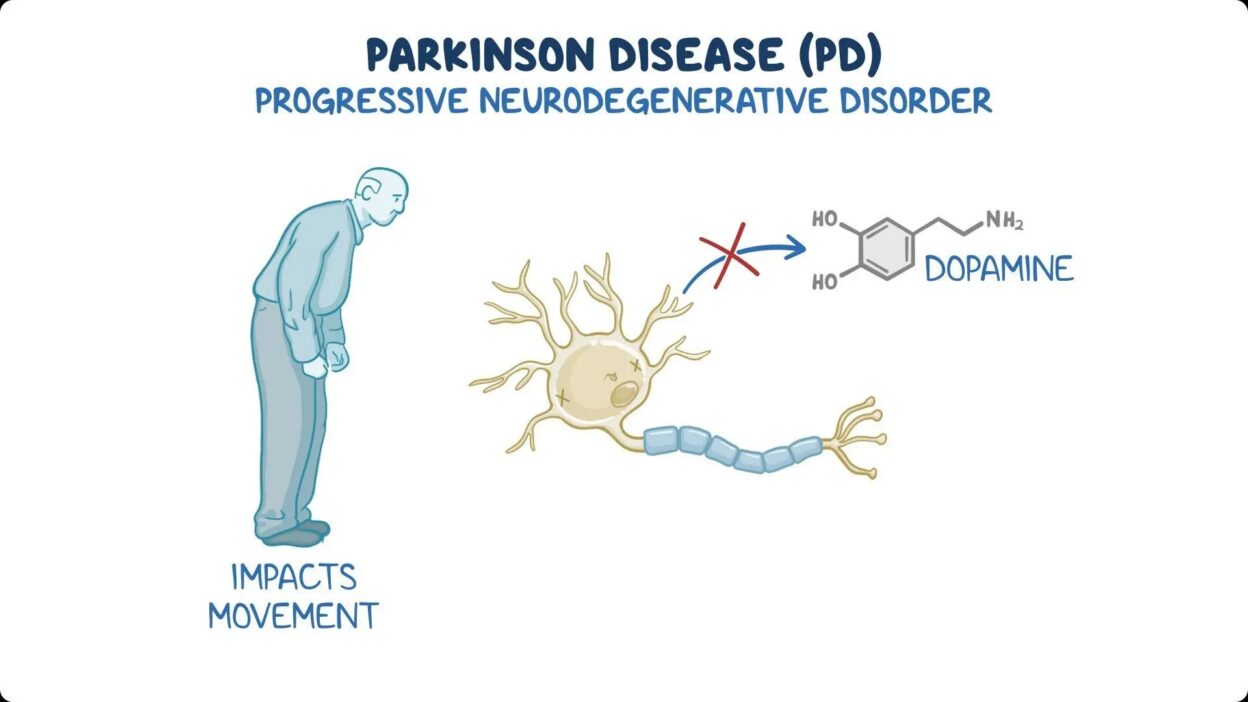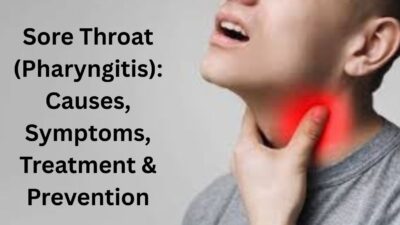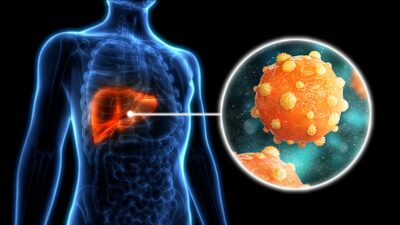Parkinson’s disease (PD) is a progressive neurodegenerative disorder that affects movement, balance, and cognitive function. With over 10 million people worldwide living with Parkinson’s, understanding its causes, symptoms, and treatment options is crucial.
Parkinson’s usually progresses slowly over time, but certain events may cause the disorder to worsen suddenly. You might notice more severe symptoms, like challenges with speech and swallowing, increased difficulty with movement, and changes in your mood and ability to think.
Table of Contents
What is Parkinson’s Disease?
Parkinson’s disease is a brain disorder caused by the gradual loss of dopamine-producing neurons in the substantia nigra (a part of the brain controlling movement). This leads to tremors, stiffness, slow movement (bradykinesia), and balance problems.
While there’s no definitive cure yet, treatments can manage symptoms effectively. Some patients even report reversing symptoms through lifestyle changes—more on that later.
What Causes Parkinson’s Disease?
The exact cause remains unknown, but research suggests a mix of genetic and environmental factors:
1. Genetic Factors (~10-15% of cases)
- Mutations in LRRK2, SNCA, and PARK genes increase risk.
- Family history plays a role but isn’t always a deciding factor.
2. Environmental Triggers
- Pesticide & herbicide exposure (Paraquat, Rotenone)
- Heavy metals (lead, manganese)
- Head injuries (chronic trauma, like in boxers)
- Industrial solvents (trichloroethylene)
3. Dopamine Depletion
- Dopamine is a neurotransmitter that controls movement.
- When 60-80% of dopamine-producing cells die, symptoms appear.
4. Lewy Bodies & Alpha-Synuclein Buildup
- Abnormal protein clusters (Lewy bodies) disrupt brain function.
- Alpha-synuclein misfolding is a key biomarker.
Parkinson’s Disease Symptoms: Early and Advanced
Symptoms develop slowly, often starting with mild tremors. Here’s a breakdown:
🔹 Early Symptoms (Often Missed)
- Tremors (shaking hands at rest)
- Small handwriting (micrographia)
- Loss of smell (hyposmia)
- Sleep disturbances (REM sleep disorder)
- Stiffness in limbs (rigidity)
- Slowed movement (bradykinesia)
- Soft speech (hypophonia)
🔹 Advanced Symptoms (40+ Possible Signs)
| Motor Symptoms | Non-Motor Symptoms |
|---|---|
| Tremors (pill-rolling) | Depression & anxiety |
| Balance problems | Cognitive decline |
| Freezing gait | Constipation |
| Dystonia (muscle cramps) | Low blood pressure |
| Masked face (hypomimia) | Excessive sweating |
| Drooling | Vision problems |
| Swallowing difficulties | Fatigue |
| Stooped posture | Urinary issues |
(Note: Not all patients experience all symptoms.)
Parkinson’s Disease and Dopamine
Dopamine is crucial for smooth, controlled movements. In Parkinson’s:
✔ Dopamine neurons die → Movement signals weaken.
✔ Medications (Levodopa) replace dopamine temporarily.
✔ Deep Brain Stimulation (DBS) helps regulate signals.
However, long-term Levodopa use can cause dyskinesia (involuntary movements).
Parkinson’s Disease Treatment Options
While no cure exists, treatments slow progression and improve life quality:
1. Medications
- Levodopa (L-DOPA) – Gold standard for symptom control.
- Dopamine agonists (Pramipexole, Ropinirole) – Mimic dopamine.
- MAO-B inhibitors (Selegiline, Rasagiline) – Slow dopamine breakdown.
2. Surgical Options
- Deep Brain Stimulation (DBS) – Electrodes stimulate brain areas.
- Focused Ultrasound (Exablate) – Non-invasive tremor reduction.
3. Lifestyle & Natural Therapies
- Exercise (Tai Chi, Boxing, Yoga) – Improves mobility.
- Mediterranean diet – Anti-inflammatory effects.
- CBD oil & Turmeric – May reduce neuroinflammation.
- Fasting & Ketogenic Diet – Emerging research shows promise.
4. Can Parkinson’s Be Cured?
While no definitive cure exists, some patients report reversing symptoms through:
✔ Stem cell therapy (experimental)
✔ Fecal microbiota transplants (gut-brain axis research)
✔ High-intensity exercise programs
Case Study: A 2019 report showed a man reversing symptoms via rigorous exercise, diet, and stress management.
FAQs About Parkinson’s Disease
1. What are the first signs of Parkinson’s?
- Tremors, small handwriting, loss of smell, and stiffness.
2. Can you live a normal life with Parkinson’s?
Yes! With medication, therapy, and lifestyle changes, many live decades with good quality of life.
3. Does Parkinson’s affect memory?
In later stages, cognitive decline (dementia) may occur, but not in all patients.
4. Is Parkinson’s hereditary?
Only 10-15% of cases are linked to genetics.
5. What worsens Parkinson’s symptoms?
- Stress, poor sleep, dehydration, and inflammatory foods.



